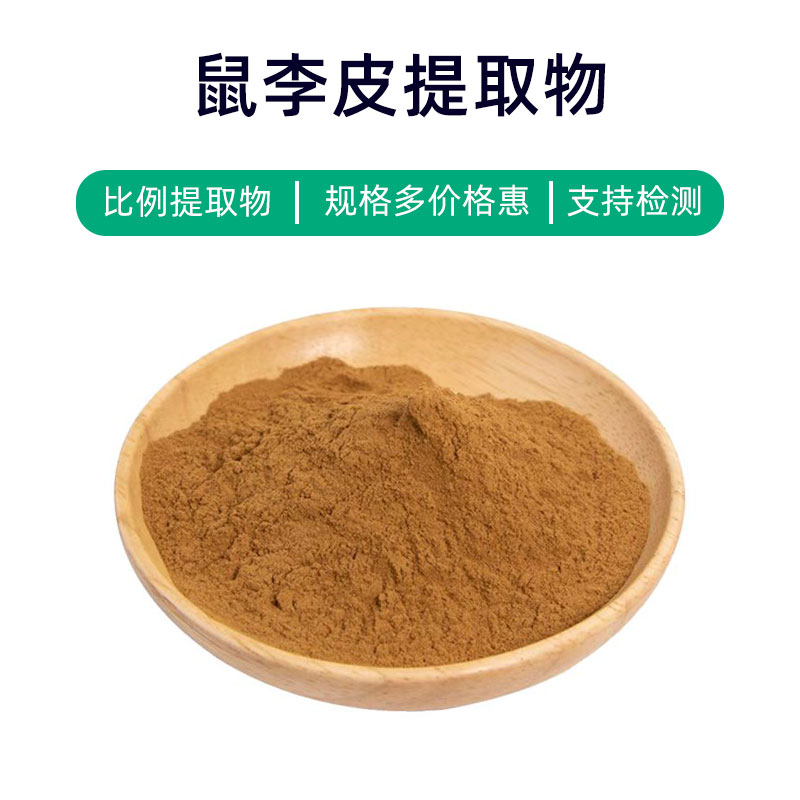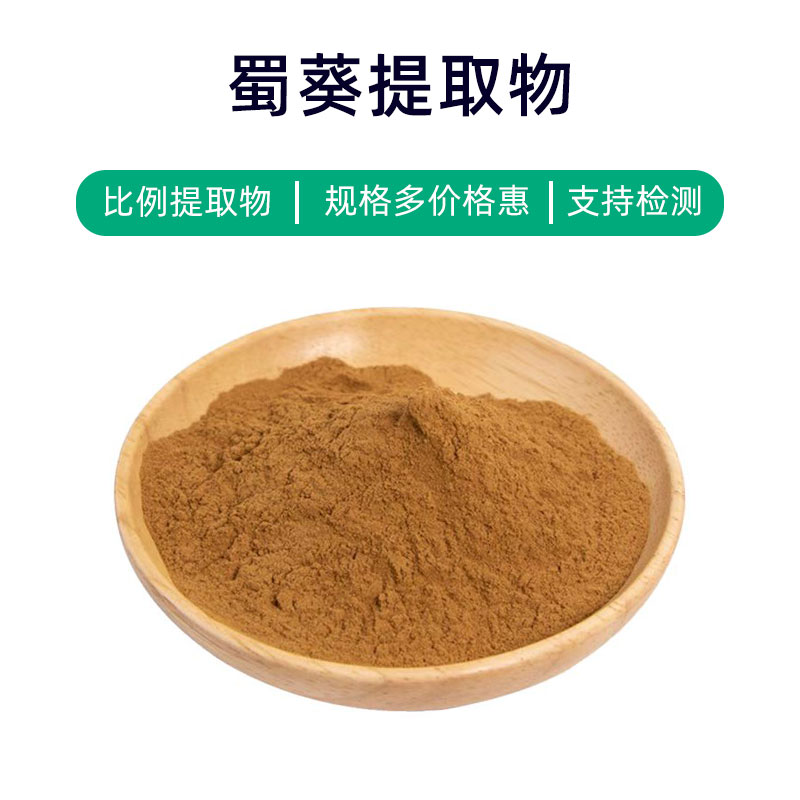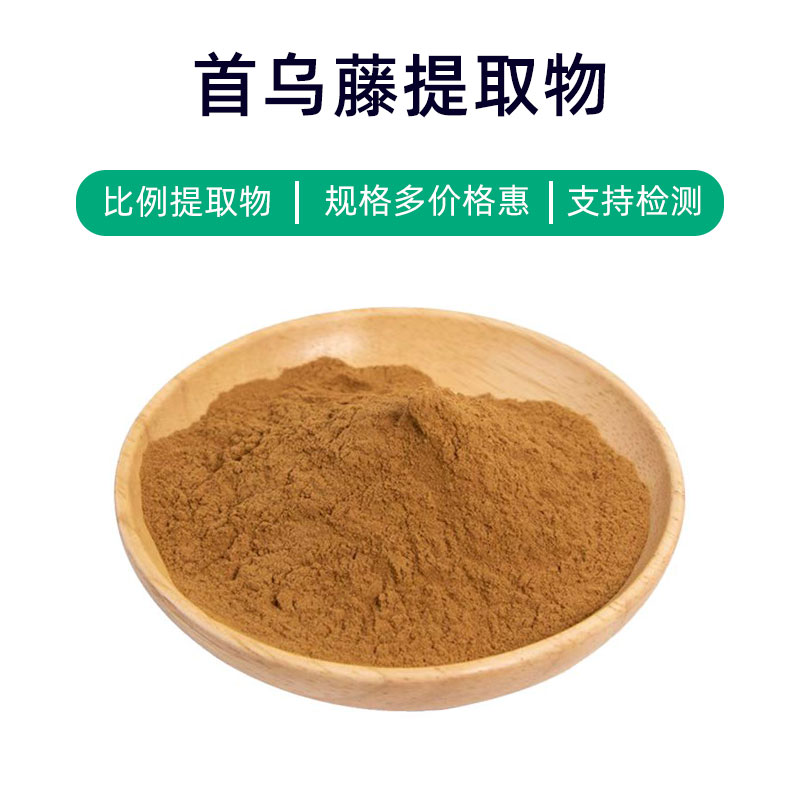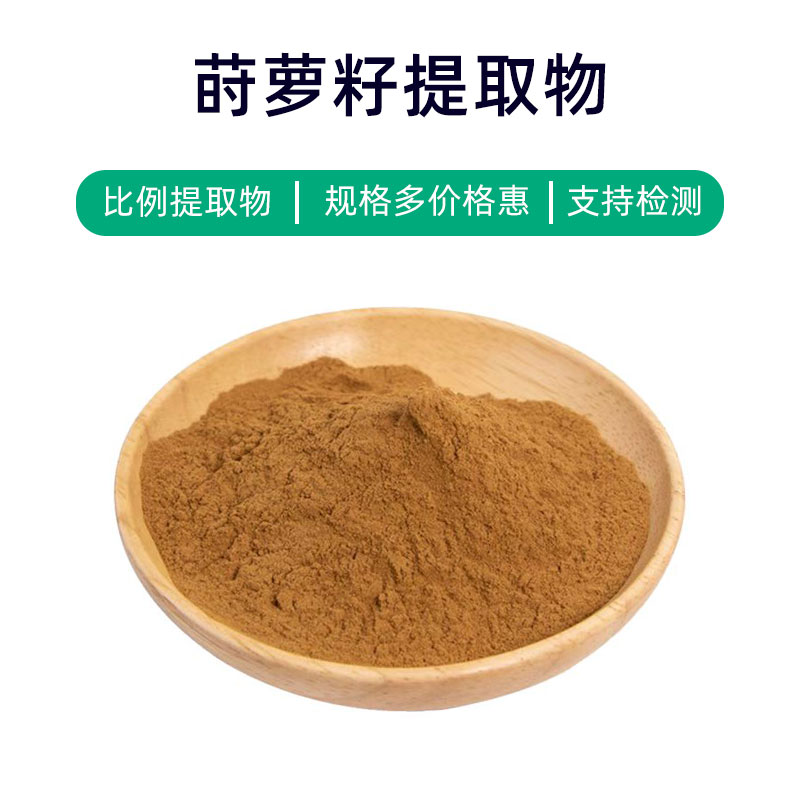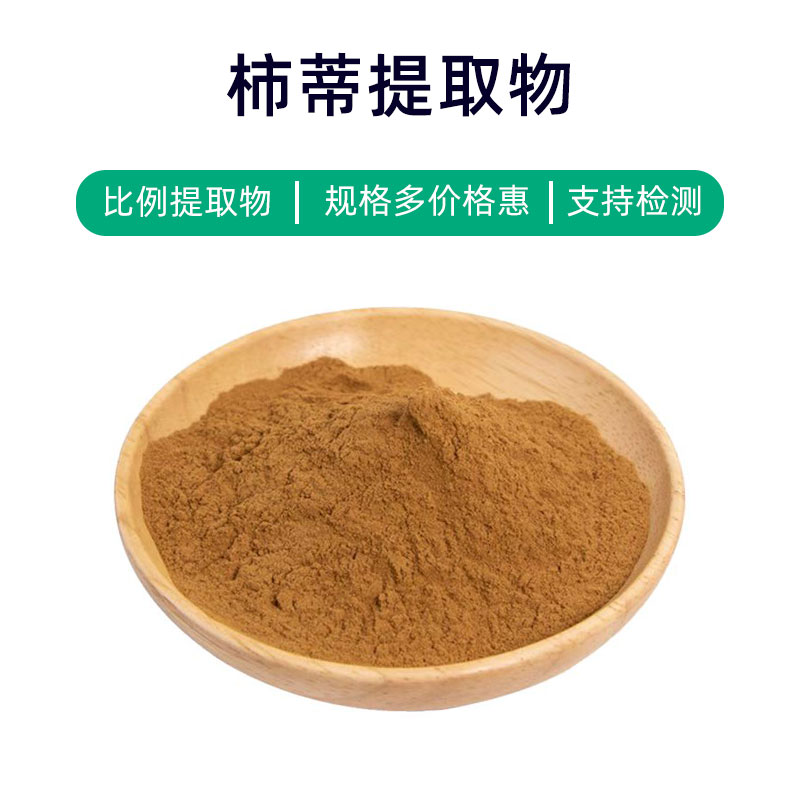Introduction to Senna Leaf Extract
Senna Leaf Extract is a botanical extract obtained from the leaf part of the Senna plant. Its main components include active ingredients like sennosides, rhein, and sennoside A. These components are widely recognized for their effects on relieving constipation and detoxification. Thus, Senna Leaf Extract is commonly applied in the fields of medicine and health supplements. In medicine, it may serve as a traditional herbal material used to prepare various laxatives that help alleviate constipation and other intestinal issues. In the health supplement industry, it is often processed into capsules, granules, or oral liquids to regulate intestinal function, clear heat, and promote overall health. Due to its nature as a natural plant extract, Senna Leaf Extract has gained popularity among consumers, becoming one of the most sought-after products in the health supplement market.
Production Process of Senna Leaf Extract
The production process of Senna Leaf Extract generally includes the following steps:
- Collection: Fresh leaves of the Senna plant are gathered as raw materials. It is important to select healthy plants free from pests and disease during the optimal collection period.
- Preprocessing: The collected plants are washed and pre-treated to remove impurities and dirt. They are then dried, either by sun exposure or at low temperatures.
- Grinding: The dried Senna leaves are ground into a fine powder using a grinder to facilitate subsequent extraction steps.
- Extraction: The ground plant material is mixed with an appropriate solvent (such as ethanol or water) and subjected to soaking or reflux extraction. The temperature and time are controlled to ensure that the active components in the plant dissolve fully into the solvent.
- Filtration: The extract is filtered through a mesh to remove residues and impurities, yielding the extract liquid.
- Concentration: The extract liquid is concentrated through evaporation or vacuum concentration to remove the solvent, thereby concentrating the active components.
- Drying: The concentrated extract is dried to obtain a powdered form of Senna Leaf Extract.
- Packaging: Finally, the extract is packaged, typically in sealed containers to prevent moisture or other types of contamination.
Throughout the production process, strict control over the parameters of each step is necessary to ensure the quality and purity of the extract, guaranteeing its effectiveness in medicinal and health supplement applications.
Efficacy and Side Effects of Senna Leaf Extract
Senna Leaf Extract is a commonly used botanical extract in the fields of medicine and health supplements, with various effects and benefits. The key functions of this product include:
- Laxative and Intestinal Lubrication: Senna Leaf Extract is widely used for treating constipation and regulating intestinal function. Its active components can stimulate intestinal motility, promote bowel movements, and alleviate constipation, ensuring a clear intestinal passage.
- Clearing Heat and Detoxification: The Senna plant possesses properties that clear heat and detoxify, and the active components in Senna Leaf Extract exhibit similar effects. They can cool the blood and eliminate toxins, providing auxiliary treatment for certain heat-related ailments.
- Anti-Inflammatory and Pain Relief: Research indicates that components in Senna Leaf Extract may possess anti-inflammatory and analgesic effects, useful in alleviating pain and swelling caused by inflammation, aiding conditions like arthritis and rheumatic diseases.
- Blood Lipid Reduction: Some studies suggest that components in Senna Leaf Extract can help regulate blood lipid levels by lowering cholesterol and triglyceride levels, thus aiding in the prevention and management of hyperlipidemia.
- Antibacterial and Antiviral Effects: Certain components in Senna Leaf Extract demonstrate antibacterial and antiviral properties, inhibiting bacterial and viral growth and aiding in the prevention and treatment of infections.
Senna Leaf Extract is generally considered safe; however, some side effects may occur, including:
- Diarrhea: Excessive use of Senna Leaf Extract may lead to diarrhea due to its stimulating effect on intestinal motility, potentially causing overreactive intestinal responses.
- Abdominal Pain: Some individuals may experience abdominal discomfort after taking Senna Leaf Extract, typically due to irritation or overactivity of the intestines.
- Electrolyte Imbalance: Prolonged and excessive use of Senna Leaf Extract can lead to electrolyte imbalances, particularly the loss of potassium and sodium, affecting normal metabolic functions.
Therefore, it is advised to use Senna Leaf Extract under the guidance of a physician or pharmacist, controlling dosages to minimize potential side effects. Pregnant women, nursing mothers, children, and individuals with severe intestinal conditions should also consult with a doctor before use.
Application Scenarios and Dosage of Senna Leaf Extract
Senna Leaf Extract finds extensive applications in medicine, food, and cosmetics. The following outlines its usage across various fields and the corresponding dosages:
Applications in Medicine and Dosage:
- Laxative and Intestinal Lubricant: Senna Leaf Extract is often used to prepare traditional herbal laxatives to treat constipation. It is generally advised for oral use, with a recommended adult dosage of 2-4 grams per use, taken 1-3 times daily.
- Heat-Clearing and Detoxifying Medicaments: Due to its properties of clearing heat and detoxifying, Senna Leaf Extract can also be used to formulate herbal remedies targeting heat-related conditions. It is typically used in conjunction with other heat-clearing agents.
Applications in Food and Dosage:
- Functional Foods: Senna Leaf Extract can be utilized to formulate functional foods, such as health products aimed at relieving constipation or regulating intestinal function. Generally, it is added as a supplement in food, with dosages typically ranging from 10-20 milligrams per day.
- Health Supplements: In the health supplement industry, Senna Leaf Extract is often processed into various forms like capsules, granules, or oral liquids, used for intestinal regulation, heat-clearing, and promoting health. It's recommended to follow the product's usage instructions for dosage.
Applications in Cosmetics and Dosage:
- Skincare Products: Due to its anti-inflammatory, antibacterial, and detoxifying properties, Senna Leaf Extract is commonly used in skincare formulations like masks and creams. The typical concentration in skincare products ranges from 0.1-1%.
- Cleansing Products: Senna Leaf Extract can also be used in skincare cleansers, such as facial washes, benefiting skin cleansing and pore purification. Typical dosages in cleansing products are around 0.5-2%.
- Hair Care Products: For oily scalps and hair, Senna Leaf Extract can positively influence balance, being suitable for formulations like shampoos and conditioners, typically at a concentration of 0.5-2%.
It is important to adhere to the recommended dosages outlined in the product instructions when using Senna Leaf Extract, avoiding excessive use that may lead to side effects. Concurrently, pregnant women, nursing mothers, children, and those with severe intestinal issues should consult a physician before use.
Introduction to the Source Plant of Senna Leaf Extract, Distribution, and Growing Environment
The source plant of Senna Leaf Extract is Senna (Senna alexandrina), a perennial herb belonging to the legume family (Fabaceae). Senna is widely cultivated in the Middle East and North Africa regions and has also been introduced to other areas. Below are details about the plant features, distribution, and growing environment of Senna.
Plant Features of Senna:
Senna plants typically exhibit the following characteristics:
- Height ranges from about 30-60 cm, but can grow taller under suitable conditions.
- Leaves are compound, consisting of 6-10 pairs of leaflets, which are usually ovate to elliptical with finely serrated edges.
- Flowers range in color from yellow to light yellow and are arranged in racemes.
- The fruit is a pod containing multiple seeds.
Distribution:
Senna is native to North Africa, primarily found in regions like Egypt, Sudan, Libya, and Saudi Arabia in the Middle East and North Africa. Due to its medicinal value, it has been cultivated in tropical and subtropical areas worldwide, including India, Brazil, Mexico, and others.
Growing Environment:
Senna adapts well to arid and semi-arid climates, thriving in ample sunlight and warm temperatures. It typically grows in sandy or calcareous soils but can also adapt to other soil types as long as drainage is adequate. Senna demonstrates high tolerance for saline and alkaline soils, thus thriving in coastal or saline regions.
Moreover, Senna has low water requirements, needing moderate moisture during growth phases. It can enter dormancy during dry seasons and resume growth in wet seasons. Senna generally grows at lower elevations but can adapt to higher altitudes as well.
Overall, Senna is a highly adaptable plant capable of growing in various environmental conditions, although it prefers sunny, warm, and well-drained locations. Its distribution is wide, primarily centered in the Middle East and North Africa, but it is also cultivated globally.
Processing and Storage of Senna Leaf Extract
The processing of Senna Leaf Extract typically involves the following steps: first, fresh leaves of the Senna plant are collected, cleaned, and dried. This is followed by grinding, extraction, filtration, concentration, and drying processes to yield the final extract. When storing, it should be kept in a cool, dry environment away from direct sunlight and moisture, using sealed containers to avoid exposure to humidity or contaminants. Proper storage helps maintain the stability and quality of the extract.
Monica Sun is a seasoned expert in the plant extraction industry with over a decade of experience in research and production. She specializes in the extraction and purification of plant active ingredients, focusing on driving innovation in natural product applications. Monica has participated in the development of multiple functional plant extracts, delivering high-value natural raw material solutions for the health food, pharmaceutical, and dietary supplement sectors.









